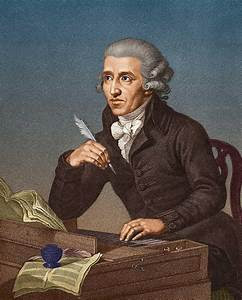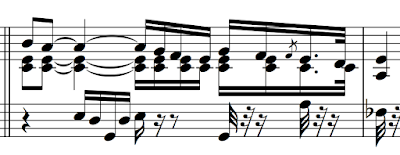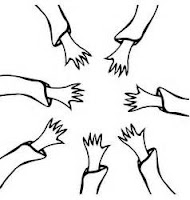 |
Beethoven
Notice the Evil Smirk |
A student writes asking for help with this pesky passage in the trill variation. He wants to know how to practice it without damaging his fourth finger, which, no doubt, feels inadequate. This is a very good question indeed.
I use a trill of a 4th to a 6th, 2-4 to 1-5. (Some folks have tried to trill in fifths, which can be done, but is not worth the trouble. I also think that is not what is meant.) Since this pianist expresses concern about his fourth finger, I conclude that he is isolating fingers, separating them from each other, trying to make a "clean" trill.
I suggested he not think fingers so much as shaping, that is, a tiny (tiny) move in for the thumb (1-5) and back out (tiny) for the 2-4. He should practice it rhythmically feeling pulses, remembering that, even though he's identified a technical issue, it isn't what is featured here. So, show the bells in the left hand. If truth be told, and please don't yell at me, a tremolo works just fine, and it wouldn't surprise me to learn that the master played it that way. It'll be one of my first questions in the great beyond.
 Yes, I know this is off topic. But, I hasten to point out that many of my followers play string instruments, as do I. So it may be of interest to those folks that I have been at it again, transcribing from one venue to another, which would be considered quite normal in Haydn's day.
Yes, I know this is off topic. But, I hasten to point out that many of my followers play string instruments, as do I. So it may be of interest to those folks that I have been at it again, transcribing from one venue to another, which would be considered quite normal in Haydn's day.














